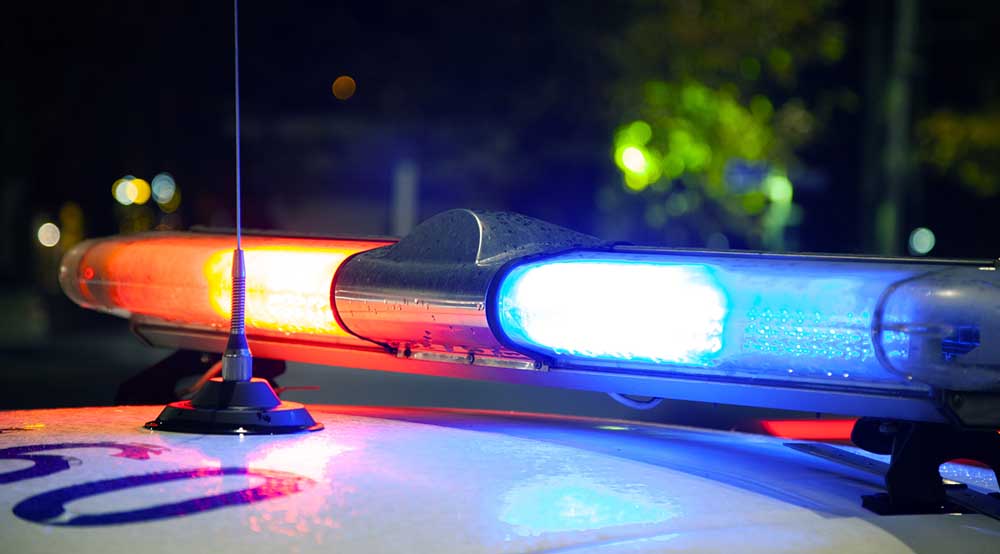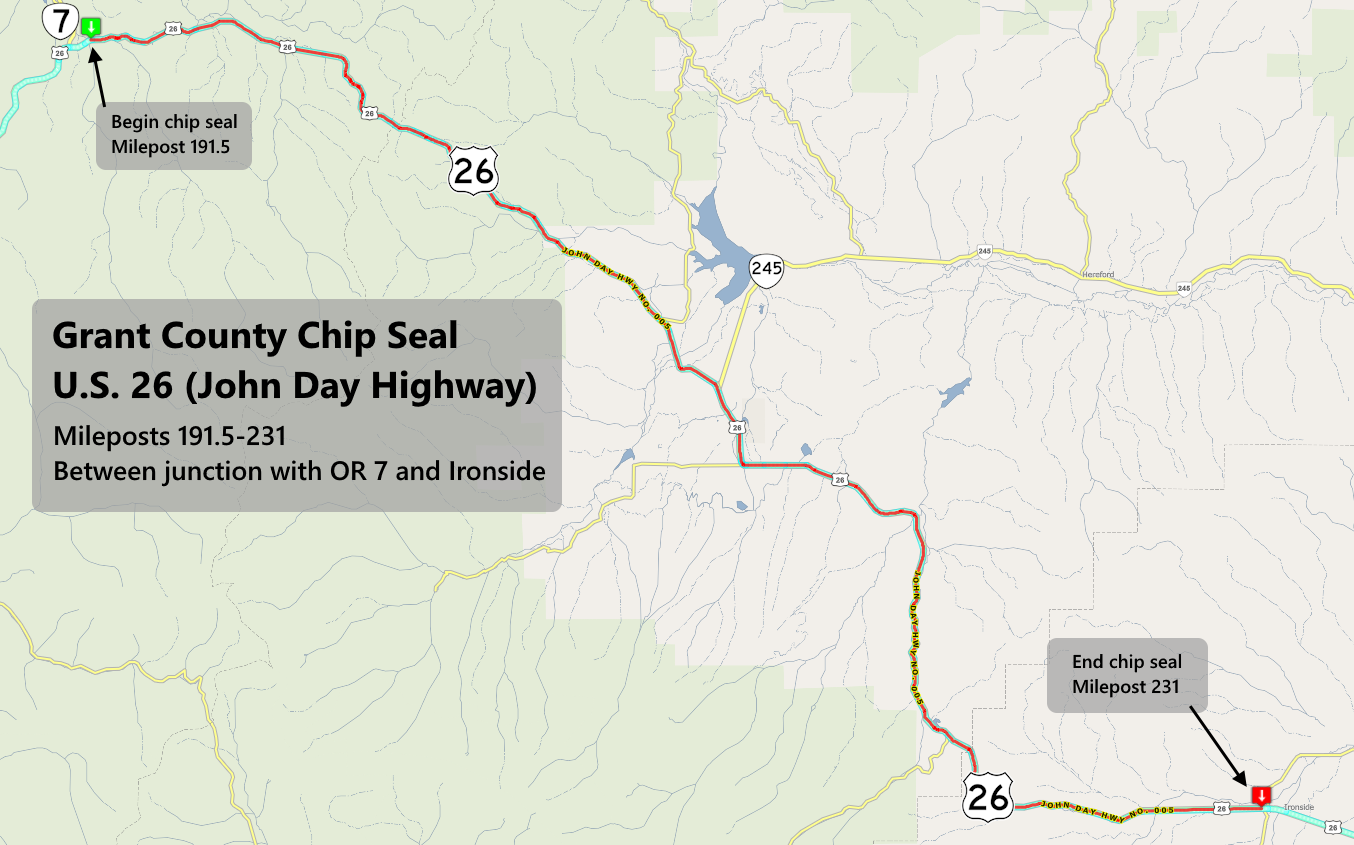John Day Chinatown was more than just Kam Wah Chung
Published 1:00 pm Tuesday, July 16, 2024

- Archaeologist Chelsea Rose discusses recent findings about John Day's historic Chinatown district in a lecture on July 10, 2024, at the Canyon City Community Hall.
CANYON CITY — The stone-clad wooden structure that forms the centerpiece of the Kam Wah Chung State Heritage Site is a living link to a bygone era, a time capsule that preserves the general store and apothecary run for many years by business partners Lung On and Ing “Doc” Hay.
But it’s easy to forget that there was much more to John Day’s Chinatown district in the late 19th and early 20th centuries.
That was the central point of a lecture on Wednesday, July 10, by Chelsea Rose, director of the Southern Oregon University Laboratory of Archaeology.
“Kam Wah Chung survives today, but it was just one of several buildings out there — it wasn’t even the only store, it wasn’t even the only apothecary,” Rose told an audience of about 50 people who gathered in the Canyon City Community Hall to hear her speak.
“What’s unique about it is the fact that it survived.”
Rose’s team was hired by the Oregon Parks and Recreation Department to excavate the site around the Kam Wah Chung building in advance of the construction of a new, multimillion-dollar visitor center.
In collaboration with the Oregon Chinese Diaspora Project, Rose and other researchers have combined information about relics unearthed at the site with documentary evidence such as letters, old newspaper accounts, property deeds and other records to create a broader, more nuanced picture of a Chinese community in John Day that once numbered more than 2,000 people.
One of the highlights of Rose’s talk, which she illustrated with a slide presentation, was the oldest known photograph of John Day’s Chinatown. Discovered about two years ago on Facebook, the image is believed to date from the 1880s, when the Grant County gold rush was still going strong.
The Kam Wah Chung building is clearly visible in the image, but it’s only a single story. A second story was added later, giving the structure the form it has today.
More significantly, however, the photo shows about a dozen other structures arrayed around Kam Wah Chung in a cul-de-sac formation, with an unpaved street running up the middle in the vicinity of today’s Northwest Canton Street.
Rose also showed an aerial photo overlaid with the outlines of long-vanished buildings, information derived from surveys by ground-penetrating radar. Based on information culled from multiple sources, Rose filled in details about long-gone members of the local Chinese community who once lived and worked there.
This building was a temple, and the structure out back was once occupied by a priest named Sing.
This building was a store called Quon Yuen Lung.
This building was a laundry run by a man named Po Kee. At one point he had a woman, who may or may not have been his wife, living and working with him. She went by various names, including “Crazy Jane.”
And these buildings over here were used as housing. One of the people who lived there was Fon Chung, who worked as a cowboy.
These details, Rose said, emerged from years of collaboration by multiple researchers unearthing new information and comparing notes to produce a well-rounded picture of the bustling Chinatown that once flourished in the neighborhood of the Kam Wah Chung State Heritage Site.
“So now we no longer have a state park built around a building,” she said. “We have a state park built around a community.”
Rose showed photos of historical characters such as “Fat Tony,” who purchased the Quon Yuen Long store “along with all the tea” in 1889, and “Buckaroo Sam,” who always wore a red bandanna, worked on several ranches in the area and was known for his ability to “roll cigarettes like a real cowboy.”
She also emphasized the many ways in which these early Chinese residents of Grant County enmeshed themselves in the life of the community, from Doc Hay’s popularity as a physician to local women and children to Lung On’s successful car dealership in downtown John Day.
“I think it’s really important for folks to think about how diverse this place was in the early days and think about the contributions that people who are not well-represented today made to the community,” she said.
“There’s a lot of ways that Chinese men and women were part of the community that’s not visible today.”






